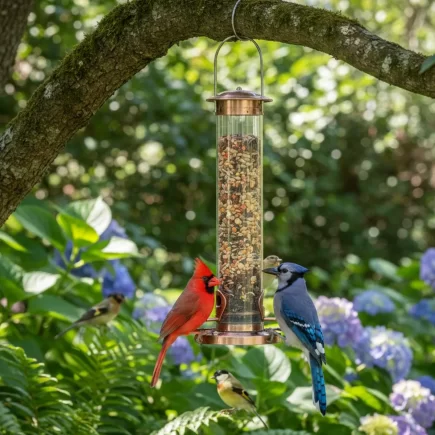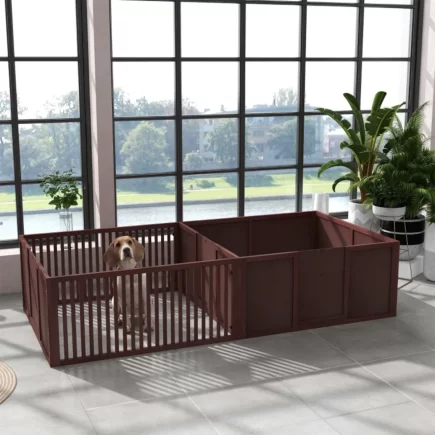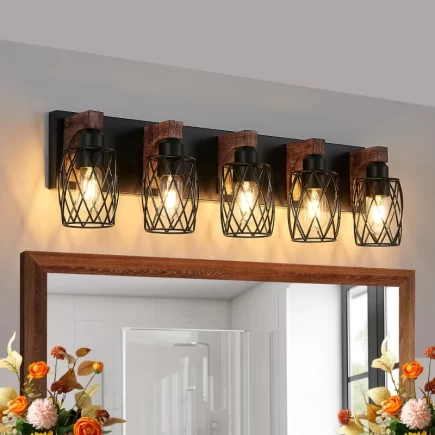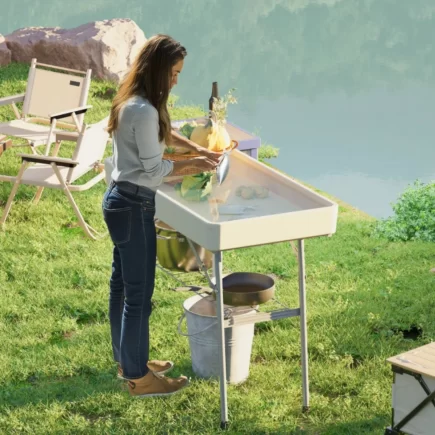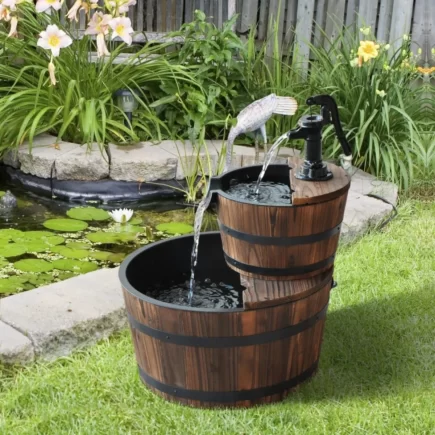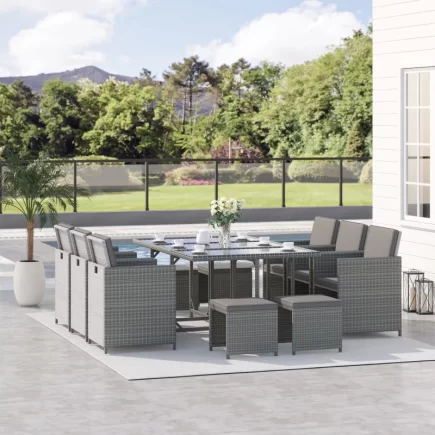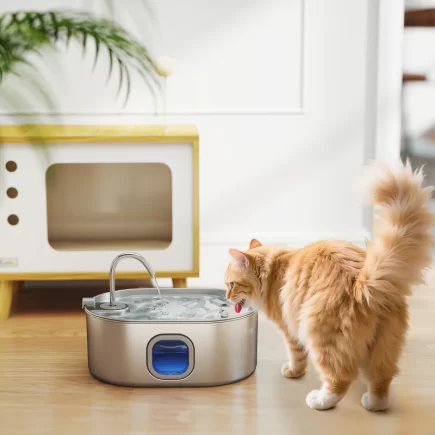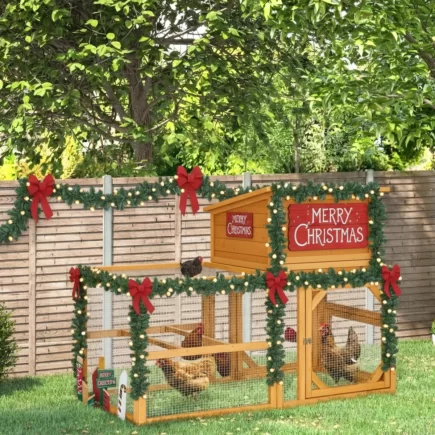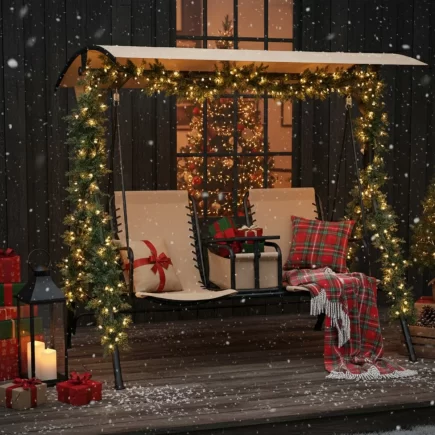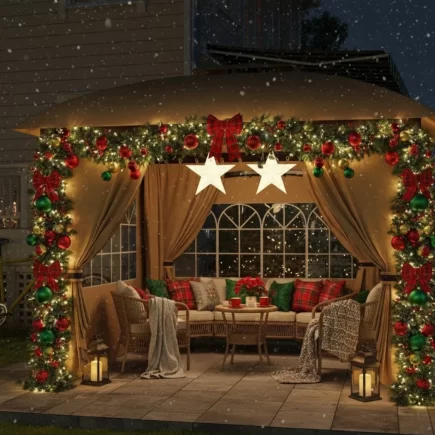Grilling ribs may sound like a job for a charcoal smoker, but with the right techniques—and the right gas grill, you can achieve tender, smoky, fall-off-the-bone ribs without the fuss. Whether you’re a weekend warrior or backyard chef, this comprehensive guide will walk you through every step of BBQing ribs on a gas grill, from selecting the best cut to slicing and serving like a pro. We’ll also recommend top-rated Aosom gas grills and accessories to elevate your BBQ game.

Why BBQ Ribs on a Gas Grill Works
- Quick and easy ignition for hassle-free grilling
- Precise temperature control for consistent cooking
- Multi-zone setup to handle ribs and sides simultaneously
- Compatible with smoker boxes for real BBQ flavor
Gas grills offer unbeatable convenience, especially for those looking to achieve great BBQ without managing charcoal or wood fires. They are easy to use, heat up quickly, and offer precise temperature control—key for slow-cooking ribs to tender perfection. With instant ignition and consistent heat, they let you focus on the cooking process rather than fire maintenance.
While gas grills don’t naturally produce smoke, adding soaked wood chips in a smoker box or foil pouch can replicate that rich BBQ flavor. This makes it easy to experiment with flavor profiles like hickory or applewood. For example, the Outsunny 3-Burner Gas Grill with Side Burner offers the perfect setup with multi-zone burners, a lid thermometer for precision, and a warming rack to keep ribs ready for serving.

Selecting the Best Ribs for BBQ
There are three main types of pork ribs:
| Type | Description | Cook Time | Flavor Profile |
| Baby Back Ribs | Lean, curved ribs from near the loin | 4–5 hours | Mild, tender |
| Spare Ribs | Larger, meatier ribs from the belly | 5–6 hours | Rich, fatty flavor |
| St. Louis Style | Trimmed spare ribs with uniform shape | 5–6 hours | Balanced, BBQ-style |
Buying Tip: Look for ribs with good marbling, pinkish color, and minimal bone exposure.
Preparing Your Ribs for the Grill
Proper preparation is essential for ensuring flavor penetration and achieving that tender, mouthwatering texture.
- Trim excess fat to prevent flare-ups and chewy bites. Focus especially on hard, thick fat that won’t render during the cook.
- Remove the membrane from the bone side. This thin, silvery skin can block flavor and becomes tough when grilled. Use a butter knife to lift a corner, then grip it with a paper towel and peel it off in one pull.
- Pat ribs dry thoroughly with paper towels. Moisture prevents seasoning from sticking and forming a flavorful crust.
- Apply a binder such as yellow mustard or olive oil if using a dry rub. This helps the seasoning adhere and contributes to the bark.
- If preparing in advance, store ribs in the refrigerator, covered, for up to 24 hours. Let them sit at room temperature for 30–45 minutes before grilling to promote even cooking.

Tip: Keep a dedicated cutting board for raw meat and sanitize tools after trimming to avoid cross-contamination.
Seasoning: Dry Rubs vs. Marinades
Dry Rubs:
Dry rubs are essential for building a bold, flavorful crust, commonly called “bark”, on your ribs. They consist of a mixture of dried spices and seasonings that you generously apply to the surface of the meat before cooking. A well-balanced dry rub creates depth and complexity without overpowering the natural taste of the pork. Typical ingredients include brown sugar for sweetness and caramelization, paprika for color and mild heat, garlic and onion powder for savoriness, and black pepper and chili powder for a subtle kick. Salt acts as a flavor enhancer and helps draw moisture to the surface, encouraging the development of a crisp exterior. For best results, apply the rub a few hours in advance and allow it to penetrate the meat before placing the ribs on the grill.
Marinades:
Marinades are excellent for tenderizing ribs and locking in moisture before they hit the grill. They typically include acidic ingredients like vinegar, citrus juice, or wine, which help break down tough muscle fibers and enhance the meat’s texture. Soy sauce is another popular component, adding umami and saltiness for a richer flavor profile. A good marinade should balance acidity with sweetness and aromatics such as garlic, herbs, or spices to build complexity. For best results, let your ribs soak in the marinade for 4–8 hours in the refrigerator. Always discard used marinade or boil it thoroughly if you plan to use it as a basting sauce.

Setting Up Your Gas Grill for Low-and-Slow Cooking
BBQ ribs need indirect heat, which means one side of the grill is on, and the ribs sit on the unlit side.
| Grill Type | Heat Setup Instructions |
| 2-Burner Grill | Turn one burner to low/medium, leave the other off |
| 3+ Burner Grill | Light outer burners, leave center burner(s) off |
Maintain internal grill temperature between 225°F and 275°F. The Outsunny 4-Burner Gas Grill is ideal for this setup, with 40,000 BTUs, separate burners for heat zones, and a lid thermometer for precision control.

Creating Smoke Flavor on a Gas Grill
Gas grills don’t generate smoke naturally, but you can infuse that smoky flavor by using:
- Smoker boxes or foil pouches filled with wood chips
- Soak chips for 30 minutes before grilling
- Place over lit burner for steady smolder
Best Wood Chip Flavors for Ribs
- Hickory – bold, traditional BBQ flavor
- Applewood – sweet and subtle
- Cherry – slightly fruity with great color

Cooking Time and Temperature Guide
| Rib Type | Grill Temp | Total Time | Internal Temp (Doneness) |
| Baby Back | 250°F | 4–5 hours | 195–205°F |
| Spare/St. Louis | 250°F | 5–6 hours | 195–205°F |
- Use an instant-read thermometer to monitor temps.
- Check ribs every hour; spritz with apple juice or cider vinegar for moisture if needed.
Wrapping Ribs: The Texas Crutch
At the 3-hour mark, ribs can be wrapped in foil to lock in moisture and speed up tenderness.
Wrap with
- A few tablespoons of butter
- Apple juice or broth
- Optional: honey or brown sugar for sweetness
Cook wrapped for 1–2 hours, then unwrap for the final 30–60 minutes to firm up the bark.
Applying Sauce: Timing and Technique
Apply sauce during the last 20–30 minutes of grilling. Use a basting brush to evenly coat the ribs with your favorite BBQ sauce. Allow the sauce to slowly caramelize on the meat by keeping the grill lid open briefly—this helps prevent it from burning and ensures a glossy, sticky finish that enhances both flavor and appearance.
Aosom Tip: Use the Outsunny 3-Burner Grill's warming rack to keep sauced ribs warm without direct heat.

How to Know Your Ribs Are Perfectly Cooked
- Internal temperature: 195–205°F
- Bend test: Ribs flex easily and crack in the middle
- Bone pullback: Ends of bones are exposed ¼–½ inch
- Probe test: Toothpick slides in without resistance
Avoiding Common Mistakes
| Mistake | Fix |
|---|---|
| Dry ribs | Wrap earlier, lower heat, spritz with moisture |
| Undercooked | Extend time, confirm internal temp |
| Flare-ups | Use drip trays, avoid sugary sauce over direct heat |
Always preheat and manage burners separately to avoid hot spots.
Resting and Carving Your Ribs
Let ribs rest for 10–15 minutes under foil before slicing. Use a sharp knife between bones to portion.
Tip: Cut ribs in 2–3 bone sections for serving at parties.

Recommended Tools and Accessories
| Tool | Purpose |
| Rib Rack | Holds multiple racks upright |
| Smoker Box | Adds smoky flavor to gas grills |
| Digital Thermometer | Tracks internal temp precisely |
| Grill Mat | Prevents small pieces from falling |
The Outsunny 2-Burner Tabletop Grill is a great portable option for camping or smaller patios, compact, foldable, and built with carbon steel for lasting durability.

BBQ ribs on a gas grill aren’t just possible—they’re delicious when done right. With careful prep, low-and-slow heat, a touch of smoke, and the right grill, you can make competition-worthy ribs right in your backyard. For the best results, gear up with Aosom’s expertly designed gas grills and accessories that make grilling easy, consistent, and flavorful.
FAQs
Q1: What should I do if my ribs cook unevenly on a gas grill?
Uneven cooking is often due to inconsistent heat zones. Rotate the ribs every hour, and consider using a rib rack to elevate them for more uniform heat exposure. Also, check for hot spots by placing slices of white bread across the grill to see which areas brown fastest.
Q2: Can I BBQ ribs in cold or windy weather?
Yes, but you’ll need to account for longer cooking times. Wind and cold can cause heat loss, so keep the lid closed as much as possible and consider using a grill cover or windscreen to stabilize temperature.
Q3: How can I reheat leftover BBQ ribs without drying them out?
Wrap the ribs in foil with a splash of apple juice or broth and reheat in the oven or on a low grill setting until warmed through. Avoid microwaving uncovered, as it causes them to toughen quickly.
Q4: My BBQ sauce keeps burning. How do I fix this?
Apply the sauce only during the final 20–30 minutes of cooking and avoid direct heat. Choose sauces with lower sugar content or dilute them with vinegar or juice to reduce caramelization risk.


